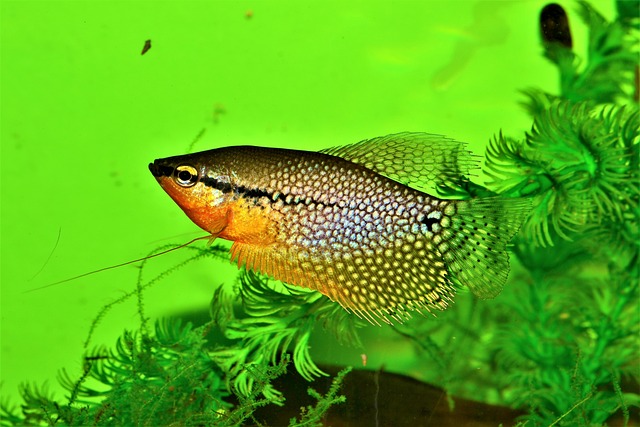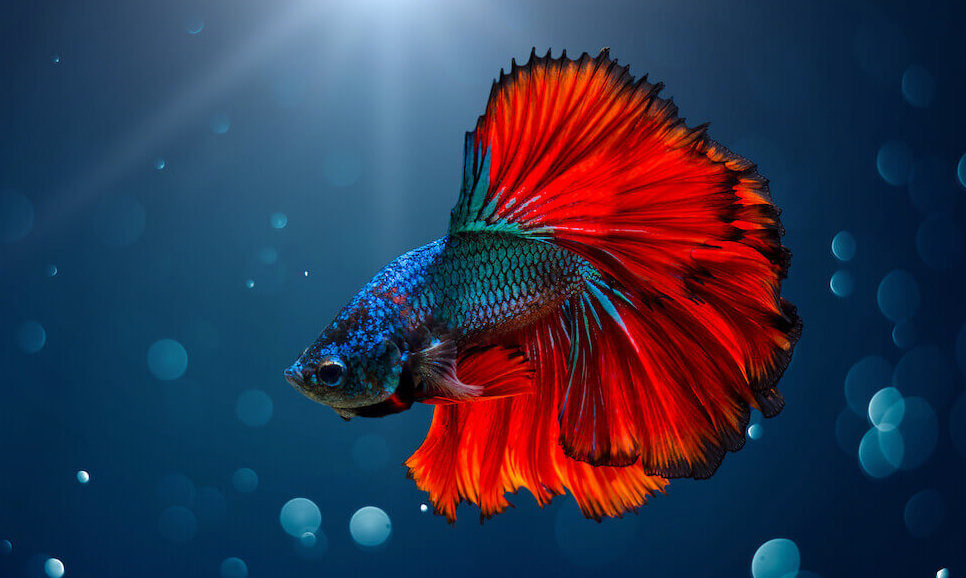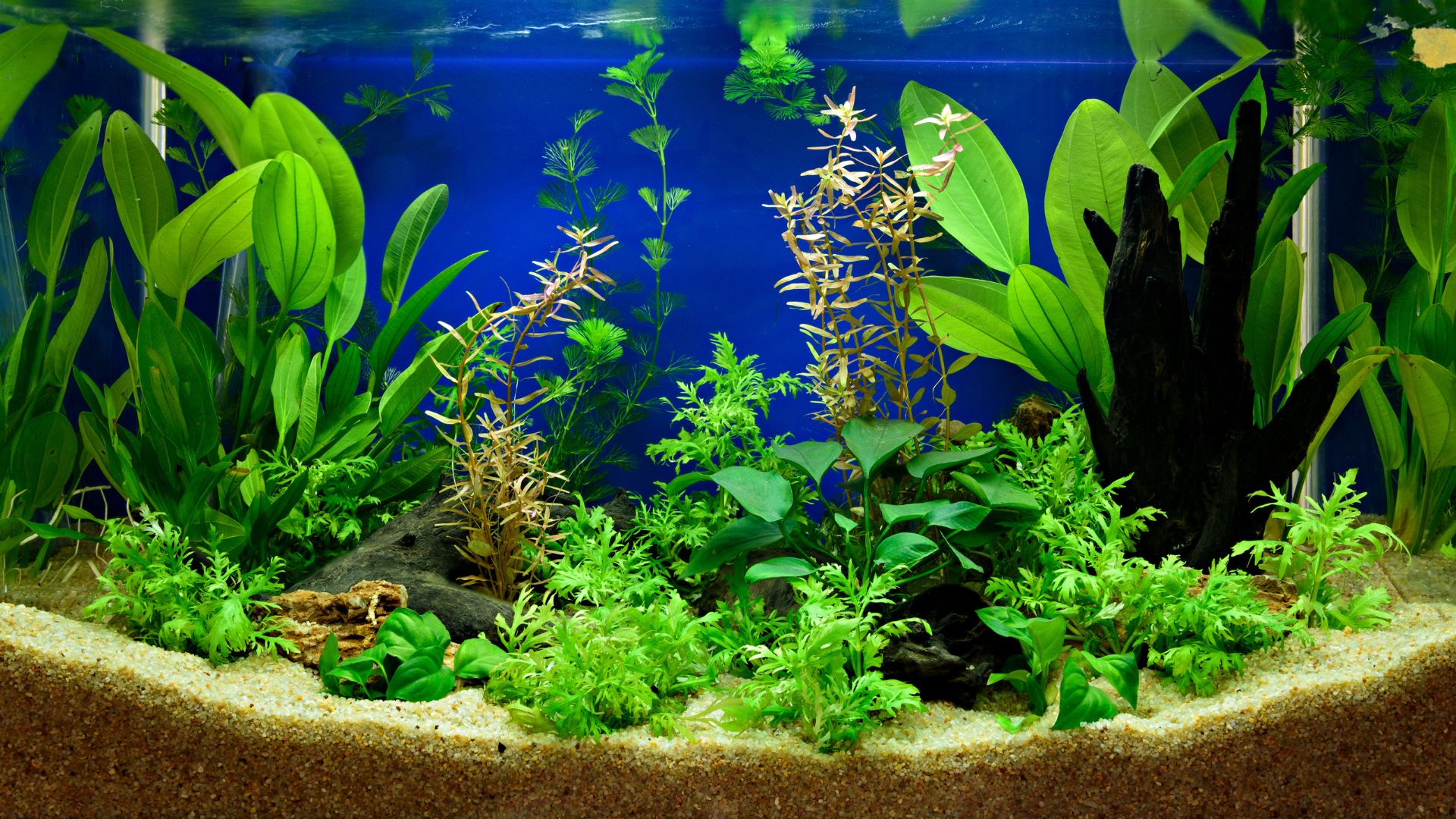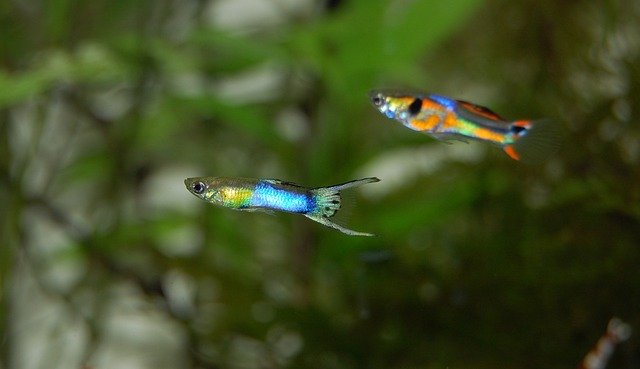One common question when considering adding gourami fish to an aquarium is whether or not they are aggressive.
The answer to this question is not simple, as it depends on several factors.
Firstly, it is essential to note that there are many different types of gourami fish, each with its temperament.
Some species, such as the dwarf gourami, are known for being peaceful and relatively non-aggressive.
However, other species, like the kissing Gourami, can be quite territorial and exhibit aggressive behavior toward other fish in the tank.
Additionally, the gender of the fish can also play a role in their behavior, as males may be more aggressive toward other males or females during breeding.
Aggression in Gourami Fish
Factors Influencing Aggression
Gourami fish are generally peaceful and docile creatures, but certain factors can trigger aggressive behavior.
The most common factor is the presence of other fish in their territory. Gourami fish are territorial and will defend their space from intruders.
The size of the tank and the number of fish in it can also contribute to aggression. Overcrowding can lead to stress, which in turn can cause aggressive behavior.
Another factor that can influence aggression in gourami fish is their gender. Males are more likely to be aggressive than females, especially during breeding.
In addition, some species of gourami fish are more aggressive than others. For example, the dwarf gourami is known to be more aggressive than the pearl gourami.
Signs of Aggression
Recognizing signs of aggression in gourami fish is essential to prevent injury or death to other fish in the tank. Some common signs of aggression include:
- Flaring of gills and fins
- Nipping at other fish
- Chasing other fish
- Biting or attacking other fish
If you notice any of these signs, separating the aggressive fish from the others is essential. This can be done by placing a divider in the tank or moving the aggressive fish to a separate tank.
In conclusion, while gourami fish are generally peaceful, certain factors can trigger aggressive behavior. To maintain a harmonious tank environment, awareness of these factors and signs of aggression is essential.
Comparing Gourami with Other Fish Species
Gourami Vs Betta Fish
Gourami and Betta fish are both popular choices for aquarium enthusiasts. While they may look similar, the two species have some notable differences.
One of the main differences is aggression. Male Betta fish are notoriously aggressive and territorial, often attacking other fish in the tank. Gourami, on the other hand, are generally peaceful and can coexist with other non-aggressive fish.
Another difference is their size. Betta fish are typically smaller than Gourami, with an average length of 2-3 inches. Gourami can grow up to 6 inches long, making them a better choice for larger aquariums.
Gourami also has a broader range of color options, with some species featuring vibrant blue, red, and orange hues. Betta fish typically only come in shades of blue, red, and green.
Gourami Vs. Cichlids
Cichlids are another popular aquarium choice, but they differ significantly from Gourami. Cichlids are known for their aggressive behavior and territorial nature, often attacking other fish in the tank.
Gourami, on the other hand, are generally peaceful and can coexist with other non-aggressive fish. They are also much smaller than most cichlids, with an average size of 2-6 inches.
Cichlids are also more complex to care for than Gourami. They require specific water conditions and a varied diet to thrive. Gourami is more adaptable and can tolerate a broader range of water conditions.
Overall, Gourami is an excellent choice for aquarium enthusiasts looking for a peaceful, low-maintenance fish. While they may not be as flashy or aggressive as some other species, they make up for it with their beauty and ease of care.
Managing Aggression in Gourami Fish
Choosing Compatible Tank Mates
When selecting tank mates for gourami fish, choosing species that are compatible with their temperament is essential.
Gourami fish are known to be territorial and can become aggressive towards other fish, particularly during breeding.
To prevent aggression, keeping gourami fish with peaceful species that do not pose a threat is recommended.
Some compatible tank mates for gourami fish include:
It is important to note that male gourami fish can be more aggressive than females, especially towards other males. Therefore, keeping only one male gourami fish per tank is recommended to prevent territorial disputes.
Creating a Comfortable Environment
Providing a comfortable environment for gourami fish can also help reduce aggression. Gourami fish prefer a heavily planted tank with plenty of hiding spots and areas to establish territories.
Adding rocks, caves, and driftwood can provide hiding spots and create a natural environment for the fish.
Maintaining proper water conditions is also important for the health and well-being of gourami fish. They prefer slightly acidic water with a pH between 6.0 and 7.0 and an essential temperature between 75°F and 82°F.
Performing regular water changes and keeping the tank clean can help prevent stress and aggression in gourami fish.
In conclusion, managing aggression in gourami fish requires careful consideration when selecting tank mates and creating a comfortable environment.
Following these guidelines, gourami fish can live peacefully with other fish and thrive in a healthy aquarium.
Conclusion
In conclusion, gourami fish can exhibit aggressive behavior under certain circumstances. It is important to note that not all species of gourami fish are equally aggressive, and individual fish may have unique personalities.
While some gourami species, such as the pearl gourami, are generally peaceful and can be kept with other fish, other species, such as the three-spot Gourami and the kissing Gourami, may become territorial and aggressive towards other fish in the tank.
Factors such as the size of the tank, the presence of hiding places and territories, and the number and type of fish in the tank can also influence the behavior of gourami fish.
It is recommended to research the specific species of gourami fish before adding them to a tank and to monitor their behavior closely. If aggressive behavior is observed, adding more hiding places or separating the aggressive fish may be necessary to maintain a peaceful tank environment.
While gourami fish can be a beautiful and exciting addition to a tank, it is important to be aware of their potential for aggression and take appropriate measures to ensure the safety and well-being of all essentials in the tank.




